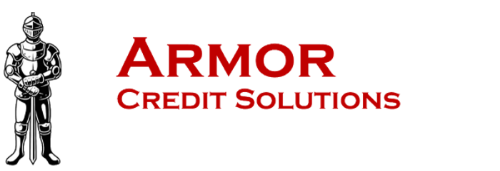What is Chapter 7 bankruptcy?
Liquidation bankruptcy is called Chapter 7, and it can be filed by individuals (a "consumer" Chapter 7 bankruptcy) or businesses (a "business" Chapter 7 bankruptcy). A Chapter 7 bankruptcy typically lasts three to six months.
In a liquidation bankruptcy, some of your property may be sold to pay down your debt. In return, most or all of your unsecured debts will be erased. You get to keep any property that is classified as "exempt" under the state or federal laws available to you (such as your clothes, car, and household furnishings). If you don't own much, chances are that all of your property is exempt and you have what is known as a "no asset" case.
If you owe money on a secured debt (for example, a car loan, where the car is pledged as a guarantee of payment), you have a choice of allowing the creditor to repossess the property; continuing your payments on the property under the contract (if the lender agrees); or paying the creditor a lump sum amount equal to the current replacement value of the property. Some types of secured debts can be eliminated in Chapter 7 bankruptcy.
Not everyone can file for Chapter 7 bankruptcy. For example, if your disposable income is sufficient, after subtracting certain allowed expenses and monthly payments for certain debts (including child support and debts that secure property), to fund a Chapter 13 repayment plan, you won't be allowed to file Chapter 7.
Bankruptcy doesn't work on some kinds of debts. Though bankruptcy can eliminate many kinds of debts, such as credit card debt, medical bills, and unsecured loans, there are many types of debts, including child support and spousal support obligations and most tax debts that cannot be wiped out in bankruptcy.
Call us for a FREE credit consultation 502-213-0875
Contact Us
Call or email us today to start a conversation.
Let’s figure out if we can help you significantly starting TODAY!
PH:502-213-0875
About Us
My name is Chad McCullough, owner of Armor Credit Solutions. I’ve been restoring consumer credit since 2005. We specialize in restoring damaged credit and helping people purchase the home of their dreams. I really enjoy helping people with their credit; it takes vast knowledge and experience to figure out how to raise one’s credit scores.
How it Works
Armor Credit Solutions will remove/correct many derogatory items off the credit report by working through a variety of Federal Consumer Protection Laws, help in reestablishment of credit/implement strategies for current accounts and provide valuable education to help grow and protect scores.
